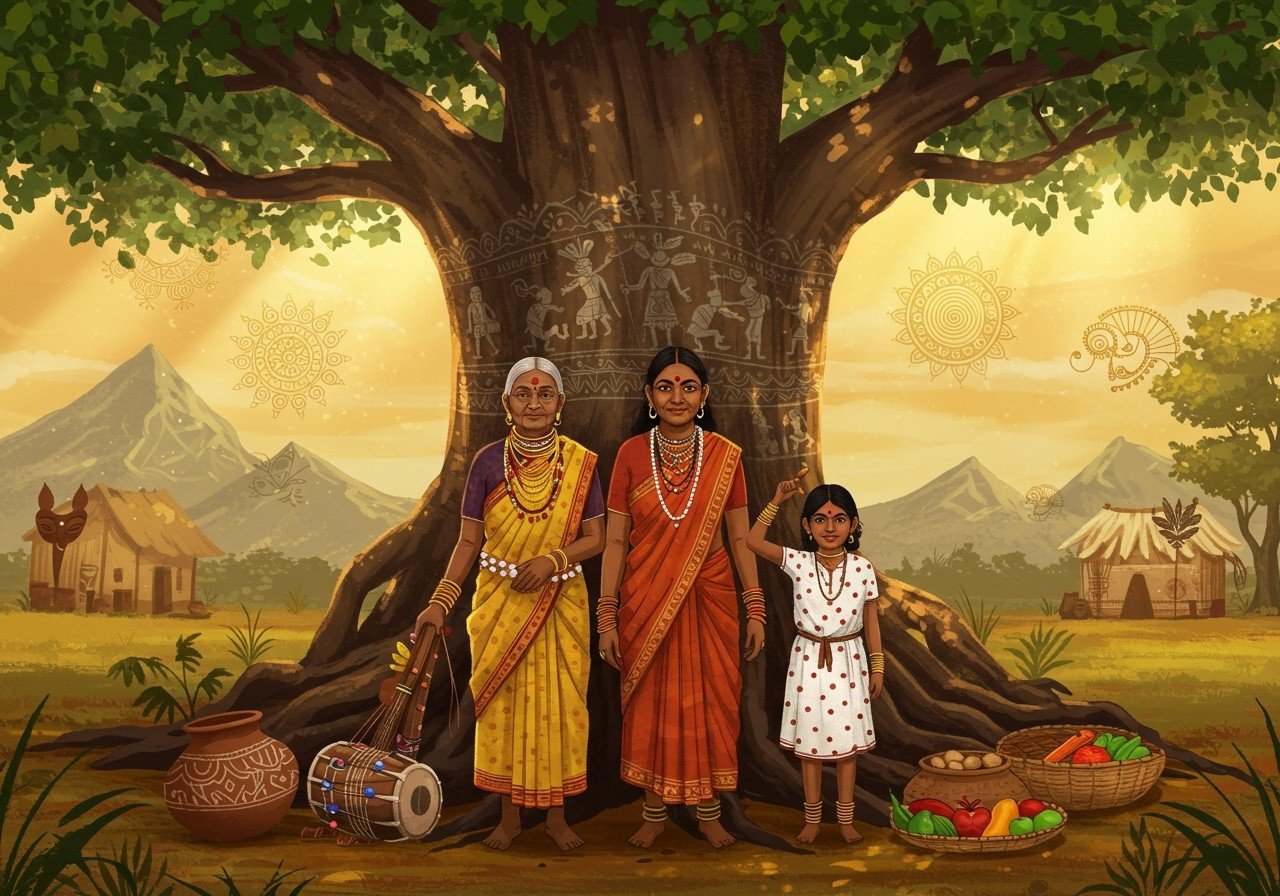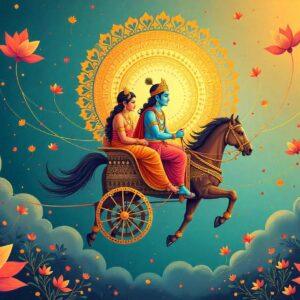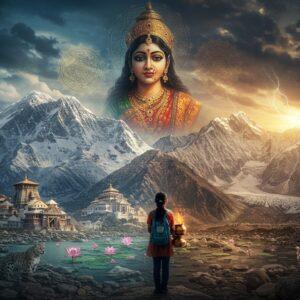
India, a land of vibrant cultures, boasts a rich history and diverse traditions. Among its many treasures are the tribal communities, preserving ancient customs and practices. These tribes contribute significantly to the nation’s cultural diversity while navigating the complexities of modern times. This blog delves into the unique traditions and enduring spirit of India’s tribal cultures.
Historical Context of Tribal Cultures in India
Understanding the historical backdrop of tribal societies in India provides insights into their significance. Tribes have been an integral part of Indian civilization since ancient times, finding mention in historical texts and evidenced by archaeological discoveries. Tribes are often categorized based on geographical and linguistic factors, each possessing a unique identity. Colonial policies significantly impacted their lives, altering socio-economic conditions. Post-independence, the Fifth and Sixth Schedules of the Indian Constitution aimed to safeguard tribal interests. Notable uprisings, such as the Santhal Rebellion, underscore their resilience and struggle for rights. These historical elements shape the narrative of tribal communities in India.
Diverse Traditions and Practices
Indian tribal cultures showcase a vibrant array of customs, rituals, and art forms. Each tribe possesses unique practices, reflecting a deep connection to nature and community.
- Warli Art: The Warli art of Maharashtra, with its intricate depictions of daily life painted in white on mud walls, serves as a storytelling medium, transmitting history and traditions through generations. This ancient art form connects the Warli people to their ancestors and the natural world.
- Cheraw Dance: In Mizoram, the Cheraw bamboo dance captivates with rhythmic precision. Dancers gracefully navigate between moving bamboo poles, a mesmerizing performance celebrating resilience and skill, often performed during festivals and important events. The dance requires immense coordination and symbolizes the community’s strength and unity.
- Hornbill Festival: Nagaland’s Hornbill Festival is a grand showcase of tribal culture, uniting different Naga tribes in a celebration of traditional music, dance, and crafts. This festival not only preserves cultural heritage but also strengthens intertribal bonds.
Oral traditions, stories, folklore, and languages passed down through generations, are vital for maintaining tribal identity and history. Traditional attire, ornaments, and tattoos serve as expressions of cultural heritage, each symbol imbued with meaning and history. Festivals and ceremonies, integral to tribal life, mark the rhythms of nature and agriculture, providing opportunities for communities to gather, strengthen bonds, and express gratitude to the land.
Economic Practices and Sustainable Living
Tribal communities in India have long relied on traditional economic practices like agriculture, hunting, and gathering. These sustainable activities demonstrate a deep connection to the environment. Tribes possess extensive knowledge of biodiversity conservation, employing traditional methods to maintain ecological balance. However, modern economic development poses challenges to these practices. Industrialization and urbanization impact tribal livelihoods and their surrounding environments. Integrating tribal economies into broader markets requires careful consideration of cultural identity and environmental sustainability.
Challenges and Opportunities in Modern Times
Tribal communities in contemporary India face numerous challenges, including displacement due to development projects, which disrupts traditional lands and lifestyles. Marginalization and loss of resources threaten their way of life. Government policies, while aiming to protect tribal interests through the Fifth and Sixth Schedules of the Constitution, encounter challenges in implementation and enforcement. Education and healthcare are essential for empowering tribal populations, alongside initiatives that preserve culture while promoting sustainable economic development. Inclusive growth that respects tribal rights and traditions is crucial for fostering a harmonious society.
The Role of Tribal Culture in Contemporary Indian Society
Tribal culture influences mainstream Indian society in diverse ways, from art, music, and cuisine to fashion and design. Tribal motifs inspire contemporary aesthetics, while their sustainable living principles resonate with growing environmental consciousness. Media and tourism play a role in raising awareness and appreciation of tribal cultures. India’s tribal communities enrich the nation’s cultural heritage, offering valuable lessons in resilience, community, and sustainability.
How Poojn.in Supports Indian Tribal Culture
Poojn.in recognizes the importance of preserving India’s rich tribal heritage. We offer a curated selection of authentic tribal ritual items and handicrafts, supporting tribal artisans and communities.
- Traditional Puja Items: Sourced directly from artisan communities, these items allow you to connect with ancient traditions. Explore our collection of handcrafted brass and bell metal items from tribal regions, adding a touch of authenticity to your spiritual practices.
- Natural Products: Embrace the purity of nature with our range of dhoop and incense from tribal areas. These aromatic treasures enhance your puja rituals while supporting sustainable practices within tribal communities.
We also offer tribal art pieces, decorative items, and authentic tribal musical instruments used in ceremonies. Each purchase contributes to the livelihoods of tribal artisans and helps preserve ancient crafting traditions. Our products come with detailed information about their tribal origins and cultural significance. We ship nationwide, making these unique items accessible to all. For tribal ritual items and handicrafts, visit www.poojn.in or call us at +91 3369029784. Our experts can guide you in selecting authentic tribal products.
Embracing Tribal Heritage for a Harmonious Future
India’s tribal cultures are vibrant threads in the nation’s rich tapestry. They exemplify the beauty of diversity and the strength derived from unity. By acknowledging and preserving these traditions, we honor our past and enrich our present and future. As we navigate modern challenges, it’s essential to respect and learn from tribal wisdom, particularly regarding sustainable living and community values. Supporting initiatives that protect tribal rights and promote their culture contributes to a more inclusive society. Embracing tribal heritage fosters a harmonious future where every tradition is valued, and every voice is heard, ensuring that the tapestry of Indian culture continues to flourish in all its vibrant colors.
FAQs on Tribal Cultures of India
What defines tribal culture in India? Tribal culture embodies the rich diversity and heritage of India, with each tribe possessing unique customs, traditions, and practices that contribute to the nation’s cultural mosaic.
How many distinct tribal groups exist in India? India is home to over 700 tribes, each with its own language, festivals, and way of life, spread across various states and contributing to the diverse cultural tapestry.
Can you name some well-known tribal festivals? Popular tribal festivals include the Hornbill Festival (Nagaland), Madai Festival (Chhattisgarh), and Bhagoria Haat Festival (Madhya Pradesh), showcasing tribal art, music, dance, and traditional rituals.
How do tribal communities participate in the Indian economy? Tribal communities contribute through agriculture, handicrafts, and forest produce, demonstrating skilled artistry in crafts and artworks appreciated globally.
What is the role of traditional tribal art? Traditional tribal art plays a vital role in preserving tribal cultural identity, encompassing wall paintings, jewelry, pottery, and textiles that reflect their beliefs and lifestyle.
Why is it crucial to safeguard tribal cultures? Preserving tribal cultures is essential for maintaining cultural diversity and heritage, ensuring the transmission of traditional knowledge, languages, and practices to future generations.
How does tribal culture differ from mainstream Indian culture? Tribal culture often emphasizes community living, natural resource management, and unique customs, with distinct practices and beliefs compared to urban lifestyles.
Falcon Brand Indian Sandal Incense Sticks are a perfect example of how you can support these communities while enriching your own spiritual practices. These incense sticks, crafted with traditional methods, bring the serene fragrance of sandalwood into your home, creating a calming and meditative atmosphere.
Additionally, explore our collection of Traditional Keya Kouto Sindur Dibbi, handcrafted wooden sindoor containers that are both beautiful and culturally significant. These containers are a testament to the artistry and craftsmanship of tribal artisans.


